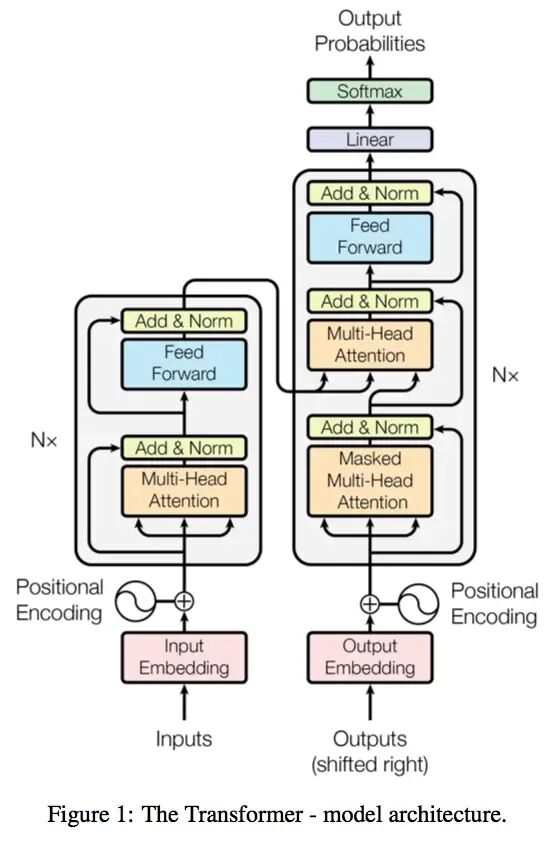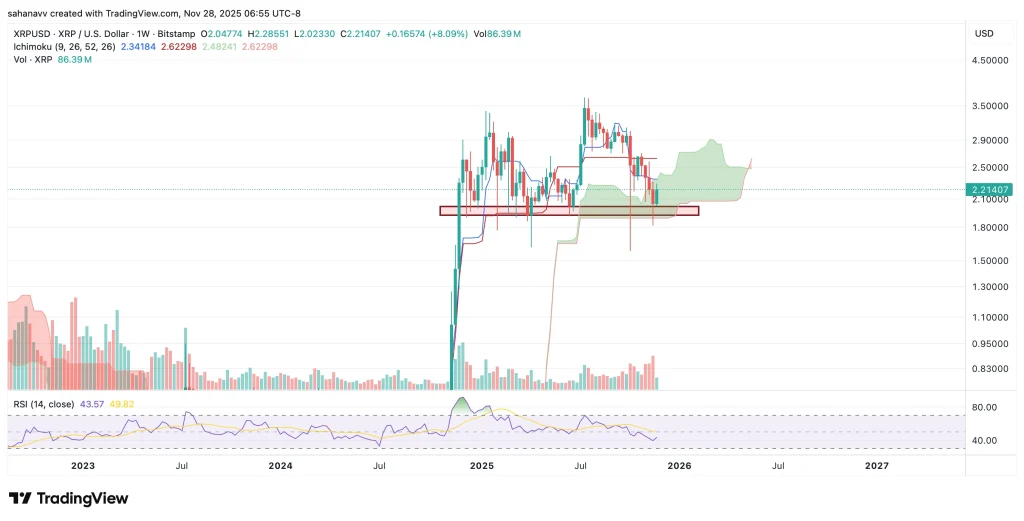A $20 million entry ticket: Ten key Q&As on Hyperliquid HIP-3
Want to launch your own Perp DEX? Want to gain an in-depth understanding of HIP-3? Start by understanding these 10 key questions.
Want to launch your own Perp DEX or dive deep into HIP-3? Start by understanding these 10 questions.
Written by: KarenZ, Foresight News
Imagine this: Hyperliquid invites you, “Hey, as long as you have enough capability, you can independently build a Perp DEX!”
This is exactly what HIP-3 enables. On October 13, Hyperliquid officially activated HIP-3 on the mainnet, allowing any qualified developer to independently deploy and operate a perpetual contract market. This marks a key step for Hyperliquid towards a fully decentralized contract listing process.
Simply put, Hyperliquid’s HIP-3 is a rule system that “lets you become the boss and independently launch a perpetual contract market.”
Core Mechanism: How to Launch a Perpetual Contract Market?
What are the entry requirements?
Hyperliquid has set a rather high staking threshold:
- You must stake 500,000 HYPE (currently worth over $20 million): However, it is expected that as the infrastructure matures, the staking requirement will be reduced.
- Completely permissionless: No application, no approval—just stake and deploy.
- Oracle selection, contract design, etc., are all up to you.
Basic Mechanism
- One stake per DEX: Under current rules, one stake corresponds to one Perp DEX. In the future, one stake may allow for multiple DEXs.
- High-performance order book: HyperCore will provide you with a separate margin system and on-chain order book.
- Token contract listing requires auction participation: Want to list a token contract? You must participate in a Dutch auction and pay gas fees in HYPE. Auctions are held every 31 hours. The first three assets of each market can be listed directly without auction; starting from the fourth, you must participate in a Dutch auction, following the same rules as HIP-1 (spot listing). This design allows new DEX operators to launch quickly, while charging from the fourth asset ensures only valuable tokens get listed. All HIP-3 DEXs share one auction pool.
- How do deployers collect fees?: Deployers can set up to a 50% fee share, and even add extra fees on top of the base rate.
- What can be used as collateral? In theory, any “quote asset” (the pricing asset of a trading pair) can be used as collateral.
- Margin mode: Currently, trading only supports “isolated margin” (losses in one asset do not affect others). “Cross margin” (all assets share margin) will be added later.
As the market “boss,” what else do you need to do?
As a deployer, you are the “boss” of this market and need to be responsible for:
- Defining market rules: such as which oracle to use, how to design the contract
- Daily operations: setting oracle prices, controlling leverage, settling the market when necessary
- You can also use a multi-signature mechanism for management to make operations more standardized.
How are fees calculated?
- Users pay double: Trading on a HIP-3 Perp DEX costs twice as much as trading on validator-operated perpetual contract markets.
- Deployers get 50%: Your fee share is fixed at 50%, with the option to add extra fees.
- Protocol revenue unchanged: Hyperliquid protocol earns the same as the official market (because the extra half goes to HIP-3 Perp DEX deployers).
- Discount mechanism continues: HIP-3 markets continue to integrate staking discounts, referral rewards, and other mechanisms.
In short: users pay double, and HIP-3 Perp DEX deployers and the protocol each get half.
How is risk controlled?
- Malicious behavior will be penalized: The 500,000 HYPE stake acts as a margin. If malicious market operations occur, validators have the right to reduce the deployer’s stake through weighted voting.
- Even if you start unstaking, you can still be penalized for malicious actions: If problems are found within 7 days of initiating unstaking, you will still be penalized.
- 30-day lock after ceasing operations: Even if you close all markets, your stake will remain locked for another 30 days.
- Position limits: To control risk, the system has two open interest constraints: nominal limit and size limit. The nominal limit is the total of “position quantity × current price” for all assets in the DEX, covering both the entire market and individual assets. The size limit is simpler, based on position quantity, enforced per asset—currently, each asset can have up to 1 billion units in open positions. So you must set the “minimum trading unit” reasonably.
What behaviors will be penalized?
- Maliciously inputting abnormal data to attack the system (even if unsuccessful).
- Exploiting vulnerabilities or edge cases to bypass system restrictions.
- Invalid inputs that cause network crashes or performance issues.
However, protocol bugs caused by normal inputs (protocol issues) and system failures unrelated to deployer operations will not result in penalties.
How much is the penalty?
Validators will vote to decide, generally referring to these standards:
- Causing prolonged system crash or invalid state transition: up to 100% penalty.
- Causing brief system downtime: up to 50% penalty.
- Invalid inputs causing network performance degradation or issues: up to 20% penalty.
The penalized stake from deployers will be burned, not distributed to affected users.
What changes will HIP-3 bring to the market and participants?
The launch of HIP-3 can be considered a major turning point in the development of the Hyperliquid ecosystem, opening up listing rights to everyone. This is a huge leap from centralized governance to decentralized governance. Hyperliquid’s official team may be conservative, only listing mainstream tokens. But the community’s imagination is limitless, for example,
- Keeping up with market trends: If a new public chain token suddenly becomes popular, creators can quickly launch its perpetual contract and capture market momentum. This “small and fast” market model can fill the gaps left by large platforms and offer users more trading choices.
- Long-tail assets: Niche tokens with demand can also have perpetual contracts.
- Innovative products: For example, launching a perpetual DEX focused on AI concept tokens, RWA, or Meme tokens.
Moreover, after staking 500,000 HYPE, deployers’ interests are tied to the Hyperliquid ecosystem, and subsequent auction fees are inseparable from HYPE. They will actively promote their own DEXs, bringing their own communities and users, holding HYPE long-term, and forming a moat for the Hyperliquid ecosystem.
More importantly, HIP-3 will create value for the HYPE token. Each DEX must lock 500,000 HYPE, and locking = reduced circulation = price support.
What are the potential negative impacts of HIP-3?
Although HIP-3 brings many innovations to the Hyperliquid ecosystem, from the perspective of actual operation and user experience, there are still some potential risks that need to be objectively considered.
First, the 500,000 HYPE threshold excludes many people. The threshold of over $20 million is astronomical for individual developers—only institutions, whales, and VCs can afford to play. This may ultimately concentrate market creators in the hands of a few financially strong institutions or whales, deviating from the original intention of “decentralized co-construction.” However, this also helps avoid many risks.
Second, HIP-3 gives market definition and operational responsibility to creators. If creators choose the wrong oracle, design flawed contract rules, or make operational mistakes, users’ assets may be at risk.
At the same time, with many markets operated by different creators, users will need to spend significant effort to discern market quality, greatly increasing selection costs. If they accidentally enter an “unreliable” market, they will face higher trading risks.
In addition, although the first three assets can be listed without auction, starting from the fourth asset, participation in the shared Dutch auction is required. If multiple creators compete for the listing of popular assets, auction prices may be pushed up. Small and medium creators, due to limited funds, may find it difficult to compete for quality asset listings and can only choose niche assets, further limiting their market development space.
More importantly, each creator’s DEX is independent, with separate order books and margin systems. This will disperse liquidity within the Hyperliquid ecosystem into many small markets, potentially resulting in insufficient depth in individual markets, higher slippage, slower execution, and a poorer user trading experience. Especially for small and medium creators’ markets, insufficient liquidity may become a fatal bottleneck, creating a vicious cycle of “less liquidity means fewer users, fewer users means less liquidity.”
In Conclusion
In one sentence: HIP-3 transforms Hyperliquid from a simple exchange into an exchange platform.
This is like:
- Previously, Amazon mainly sold its own products.
- Now, Amazon allows everyone to open a store.
In short: If you have 500,000 HYPE, possess technical capability, and are interested in making your mark in the Perp DEX field, then HIP-3 is your stage. But remember, with great power comes great responsibility—don’t mess it up!
Disclaimer: The content of this article solely reflects the author's opinion and does not represent the platform in any capacity. This article is not intended to serve as a reference for making investment decisions.
You may also like
No wonder Buffett finally bet on Google
Google holds the entire chain in its own hands. It does not rely on Nvidia and possesses efficient, low-cost computational sovereignty.

HYPE Price Prediction December 2025: Can Hyperliquid Absorb Its Largest Supply Shock?

XRP Price Stuck Below Key Resistance, While Hidden Bullish Structure Hints at a Move To $3

Bitcoin Price Prediction: Recovery Targets $92K–$101K as Market Stabilizes
